The Place Where Everyone Went
The parking lot filled up fast in the summer of 1974. Westminster Mall opened with three major anchors, a two-level layout, and the kind of design Orange County shoppers didn't yet take for granted. Robinson's came a year later. For decades, it stayed busy. But as retailers shifted, stores closed, and the mall emptied.
By 2025, most of the inside was dark. Now, a redevelopment plan is in place. The walls will come down soon. What follows won't be another mall.
Building the Retail Engine (1972 - 1975)
In 1972, the Homart Development Company moved ahead with a retail project on what used to be the world's largest goldfish farm.
The location was Westminster, California, at the corner of Bolsa Avenue and Goldenwest Street.
The mall that emerged wasn't built casually. Architectonics, Inc., with offices in both Dallas and Chicago, handled the overall design.
But each anchor brought in its team. Sears went with Skidmore, Owings & Merrill.
May Company chose Ladd & Kelsey. Buffum's worked with Killingsworth, Bradley & Associates.
The plans advanced quickly. C. H. Leavell & Co., out of El Paso, took on the general contractor role.
Construction broke ground the same year it was announced.
By August 7, 1974, Westminster Mall opened with three department stores: May Company, Sears, and Buffum's.
All three were full two-story operations, ranging from 90,000 to 200,000 square feet.
In 1975, a fourth anchor joined the lineup: J. W. Robinson's.
That addition marked a full year of momentum and hinted at the mall's early positioning as a regional draw.
For Orange County residents compiling lists of things to do in Westminster, California, the mall had already claimed its spot.
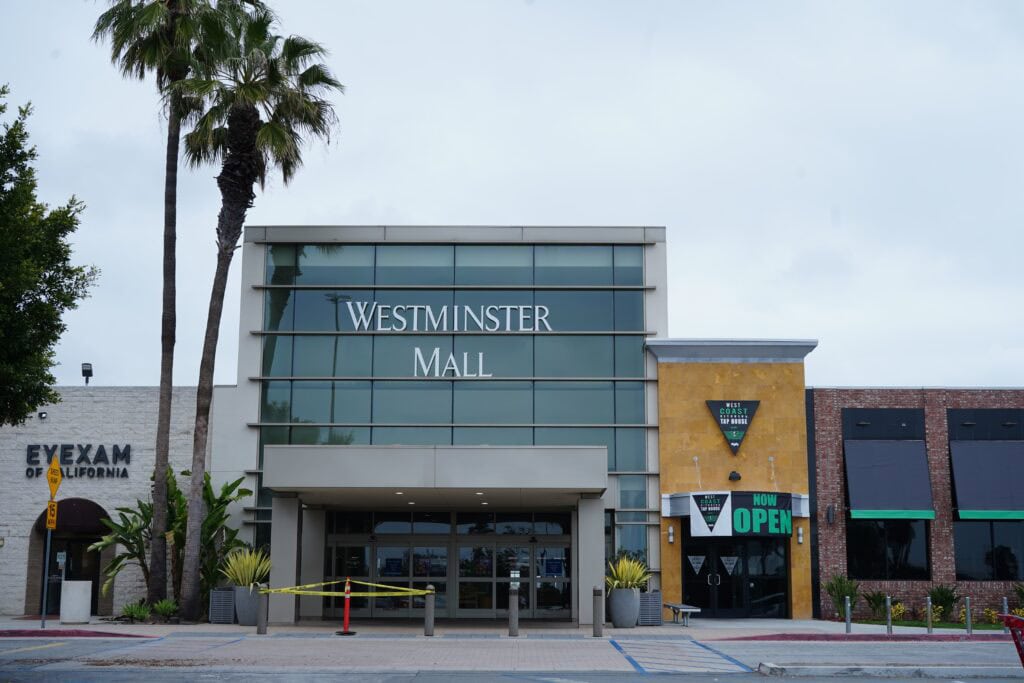
Brand Shifts and Floorplan Shuffles (1991 - 2008)
By the early 1990s, the department store landscape was unraveling.
Buffum's, once a polished 90,000 square-foot anchor at Westminster Mall, shut down in May 1991 after the entire chain was liquidated.
A couple of years later, another shift: in January 1993, Robinson's and May Company merged under the Robinsons-May brand.
That triggered a reshuffling. The original May Company store stayed open but changed its signage.
The J. W. Robinson's location, added in 1975, was shuttered altogether.
The vacant Buffum's space came back into use in March 1993 as a Robinsons-May Home Store.
But that didn't last long as a standalone.
By November of that same year, the old Robinson's site was reworked into a JCPenney, which had relocated from Huntington Center Mall (later rebranded as Bella Terra).
The mall was adapting but also trying to stay afloat in a retail sector that had begun shifting underfoot.
In 2002, the Home Store structure came down. In its place: a new Macy's. That Macy's would stick around until 2025, but more on that later.
The old Macy's footprint didn't go to waste, either.
After Macy's moved into the former Robinsons-May space in 2006, following the acquisition by Federated Department Stores, the original site became a Target.
Old Navy was added, the carousel was moved, and by November 15, 2008, a refreshed version of the mall opened its doors with a newly built play area where the carousel used to spin.
It was still trying to be current.
Anchor Losses and Retail Retraction (2008 - 2024)
After the 2008 refresh, things didn't hold.
In 2015, Sears Holdings spun off a large block of its retail properties into a trust called Seritage Growth Properties.
The Sears at Westminster Mall was part of that batch.
On January 4, 2018, the company made another announcement: 103 store closures nationwide.
This location was on the list. By April 2018, Sears at Westminster Mall was locked up.
Other closures followed. Gymboree and Crazy 8 pulled out in August 2017, both part of a broader strategy to wind down around 300 locations.
Luxe Buffet replaced Todai Seafood and Sushi Buffet in 2015, but even that could only hold on so long.
One by one, the familiar storefronts emptied.
Spencer Gifts, one of the last original tenants still operating in its same upper-level location, was quietly delisted from the company's website by July 2024.
John's Incredible Pizza also exited. That space had been active for years but was eventually closed as mall management repurposed the square footage.
By 2023, foot traffic was visibly thinning. The shift wasn't sudden; it was slow, almost polite.
Stores didn't all leave at once. But they did leave.
Meanwhile, the pull of online shopping was getting harder to counter.
With that shift came declining sales, fewer hours, and an interior that started to look more like a holding space than a retail hub.
The real estate still sat there. The business model didn't.

Property Deals and Redevelopment Triggers (2022 - 2025)
The turning point came quietly, starting with paperwork.
In 2022, Shopoff Realty Investments picked up two parcels of Westminster Mall, totaling 26 acres, including the former Sears and Macy's plots.
The plan wasn't framed as a renovation. It was a full teardown and rebuild strategy.
In April 2023, the City of Westminster signed off on a redevelopment blueprint that opened the door to mixed-use zoning.
That approval cleared the way for Bolsa Pacific at Westminster, a Shopoff-led proposal designed to replace mall floorplates with housing, retail pads, and open space.
By early 2025, plans called for around 1,167 rental units, over 100 townhomes, a 175-room hotel, 25,000 square feet of restaurant and retail, plus a dog park, a 2.5-acre central park, and multiple pickleball courts.
If construction sticks to projections, the ground will break before the year ends.
Washington Prime Group, the mall's longtime owner, isn't part of the buildout.
The firm has started divesting from the property. Since 2014, the valuation of their stake dropped from $171 million to $104 million by 2024.
They've now begun the sale process on their remaining share.
Meanwhile, the entire 98-acre area is under a special regulatory umbrella called the Westminster Mall Specific Plan.
Adopted in November 2022, it allows for 3,000 residential units and over 17 acres of designated open space.
The American Planning Association's Orange Section gave the plan its 2023 Economic Planning & Development Award of Excellence.
Market Winds and Transit Clues (2025 and Forward)
As of spring 2025, the mall is still standing.
However, the closures have made its interior feel less like a functioning shopping center and more like a space waiting for the next phase.
After Macy's shut down in March, part of a 66-store national reduction, only JCPenney and Target remained as major anchors.
Retail square footage isn't the draw it used to be, and the transit layout quietly reflects that.
Westminster Mall sits at the end of OCTA Route 64.
That line brings in riders from Santa Ana and Garden Grove along Bolsa Avenue.
The other key bus, Route 25, runs up Goldenwest Street, pulling from Huntington Beach and northern Orange County.
Both still serve the site, but with a quieter rhythm than they once had.
What's changing faster than the buses is the surrounding land.
Shopoff Realty's project is expected to enter the early building stage before the end of 2025.
Inside, many shops are unlit. Leasing activity has slowed to near zero. Even temporary kiosks have started disappearing.
What was once the top entry on a flyer titled "Things to Do in Westminster, California" is now a placeholder.
The space is in play, but the commercial model it once supported is functionally closed.
The traffic lights out front still cycle through the green.
Most of the storefronts behind them do not.
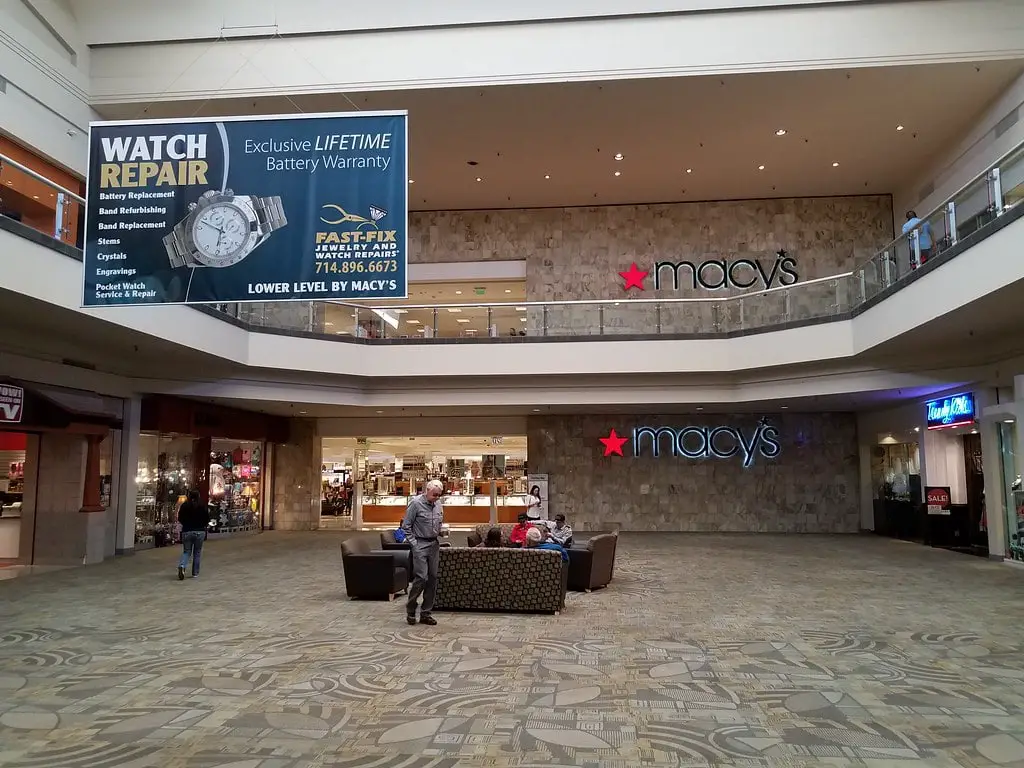
🍀

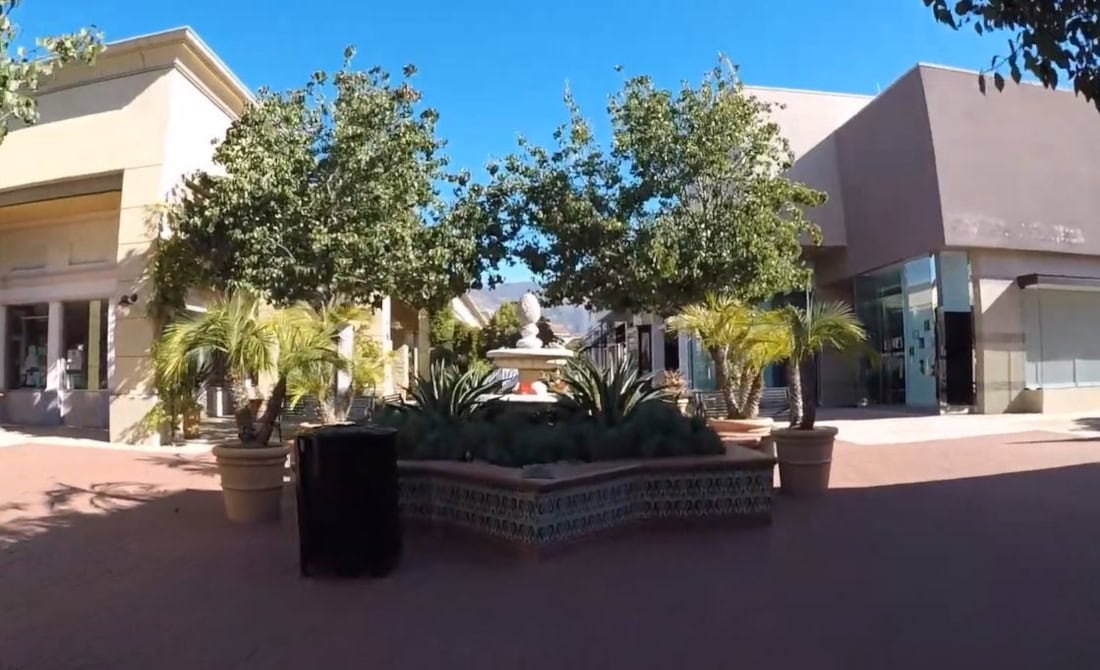
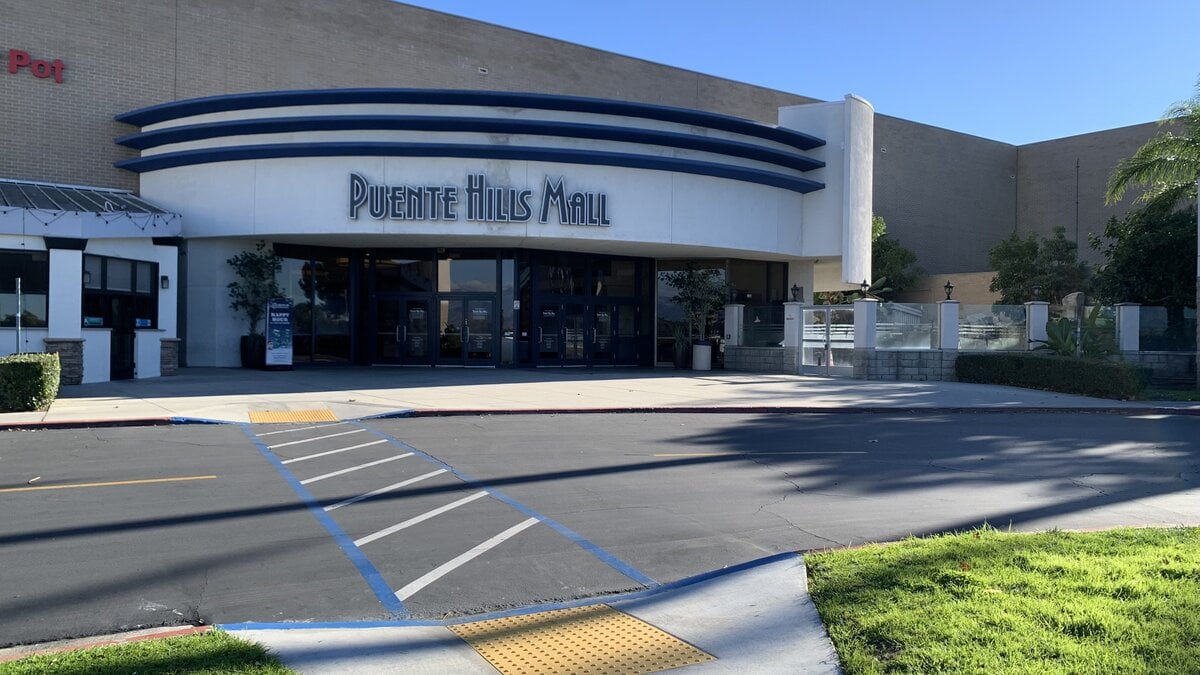
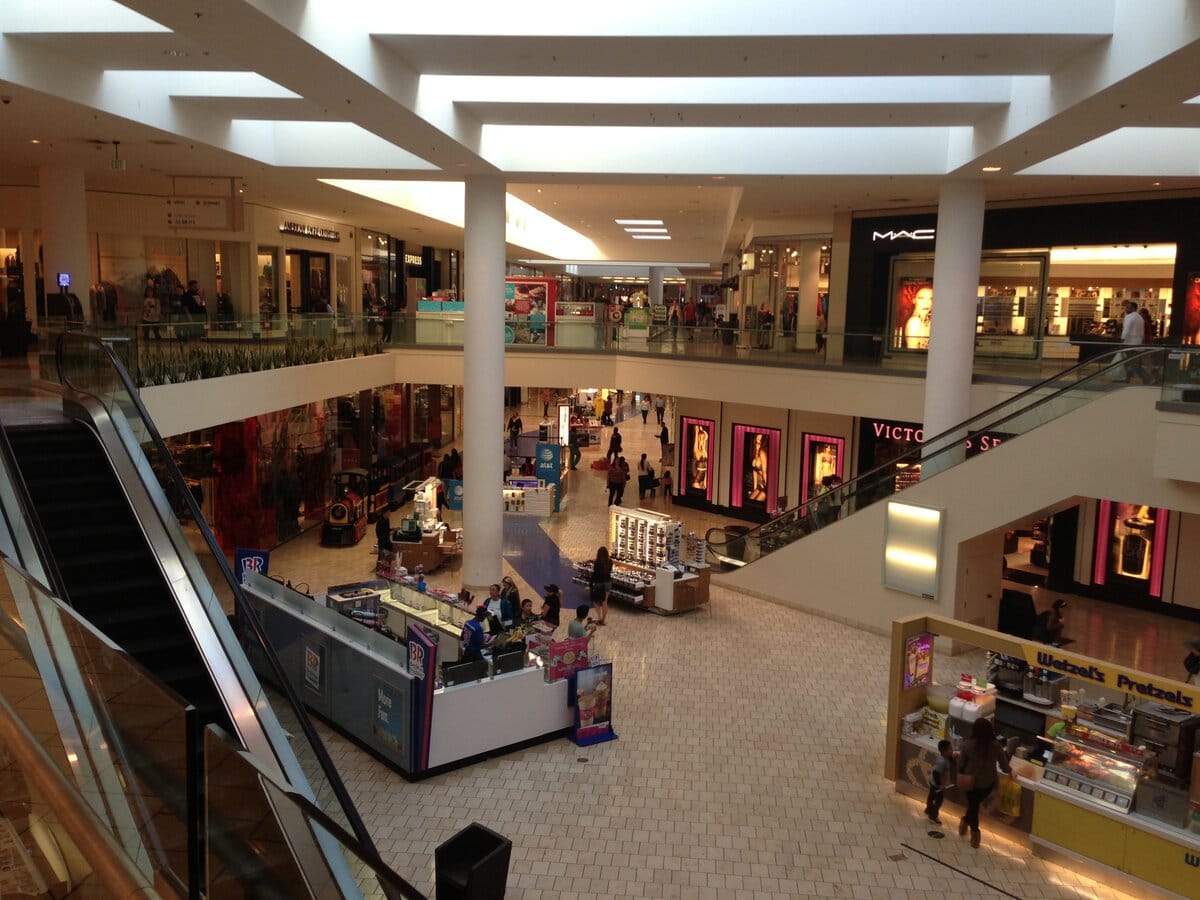
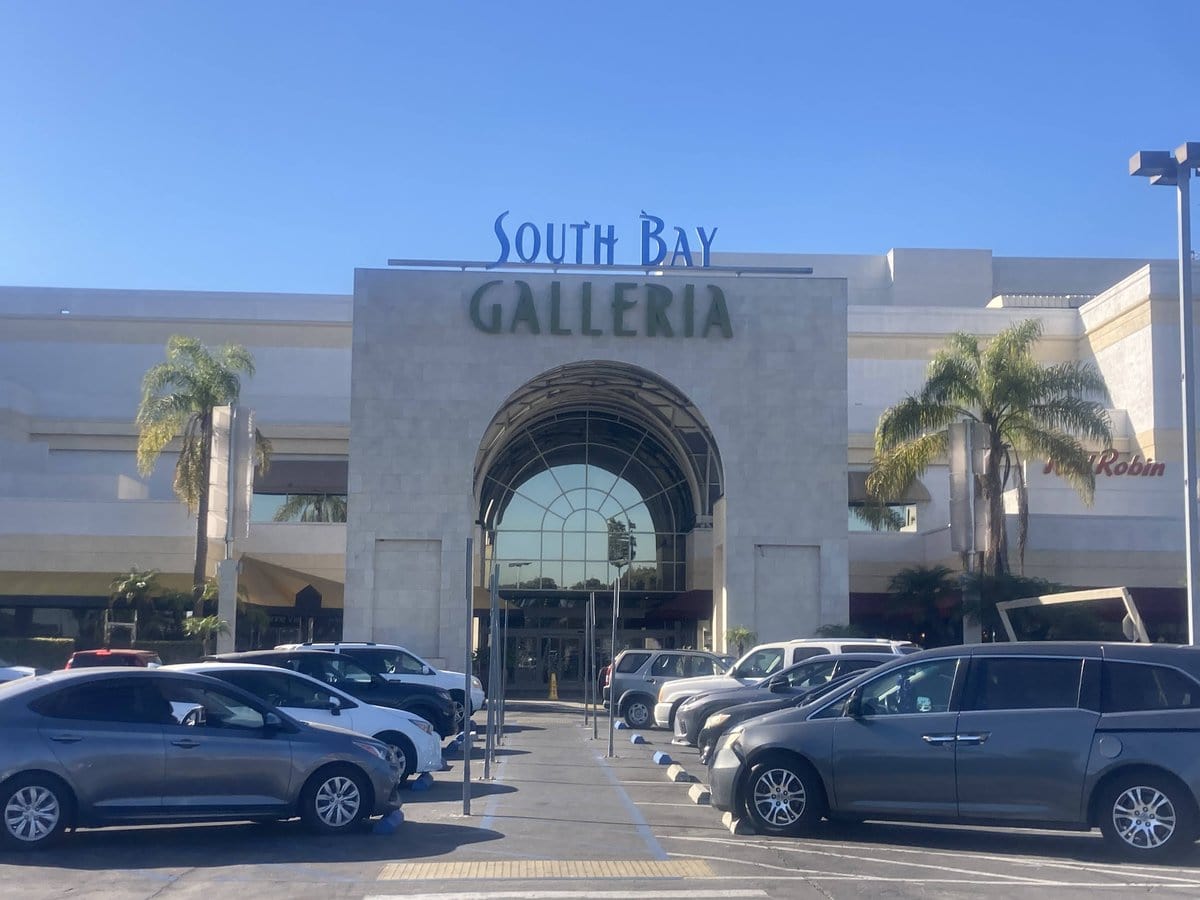
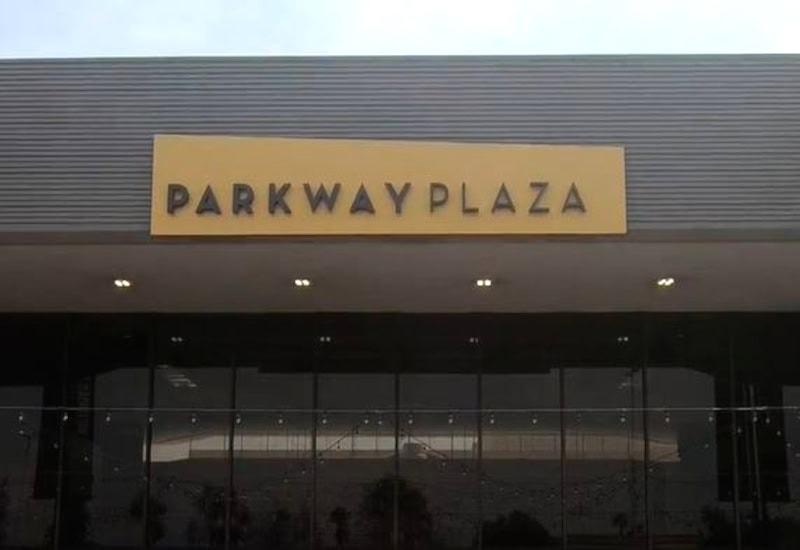
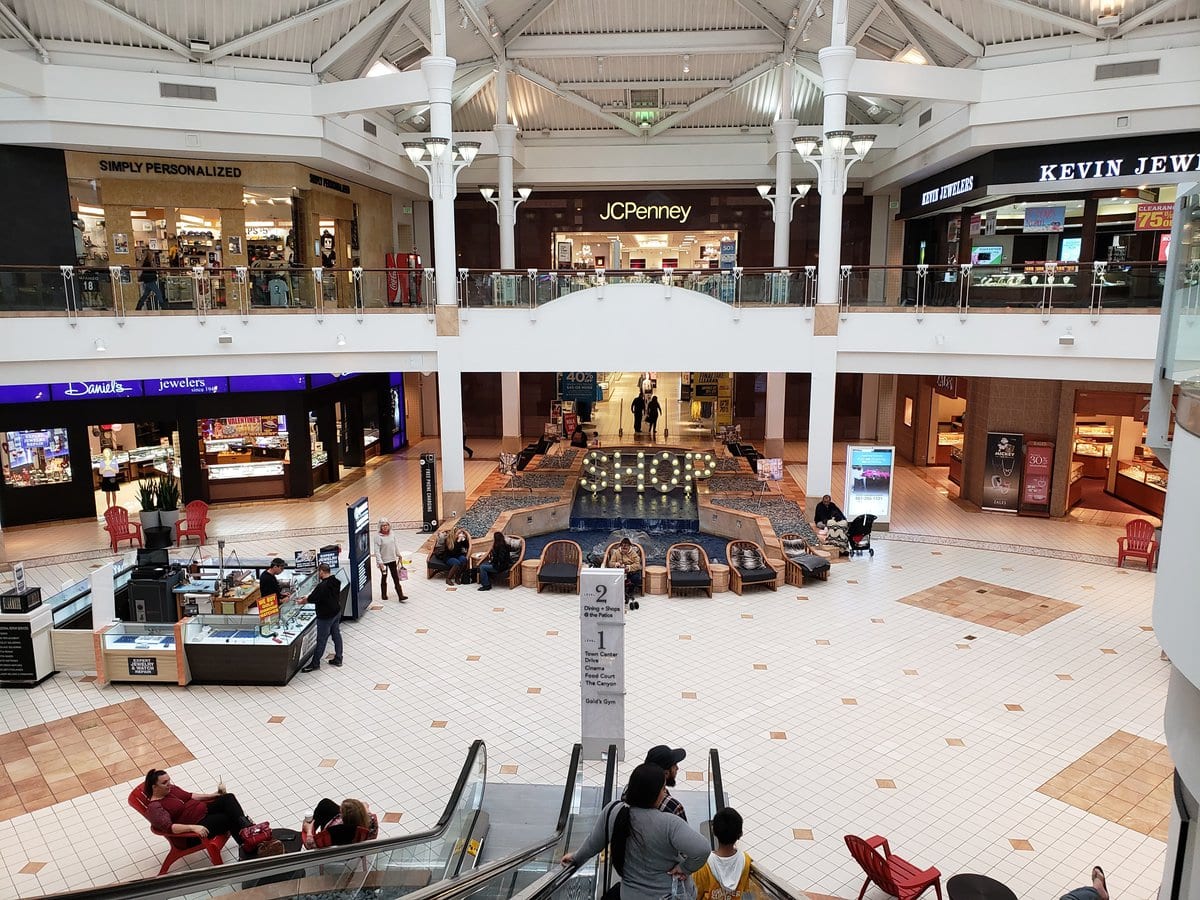
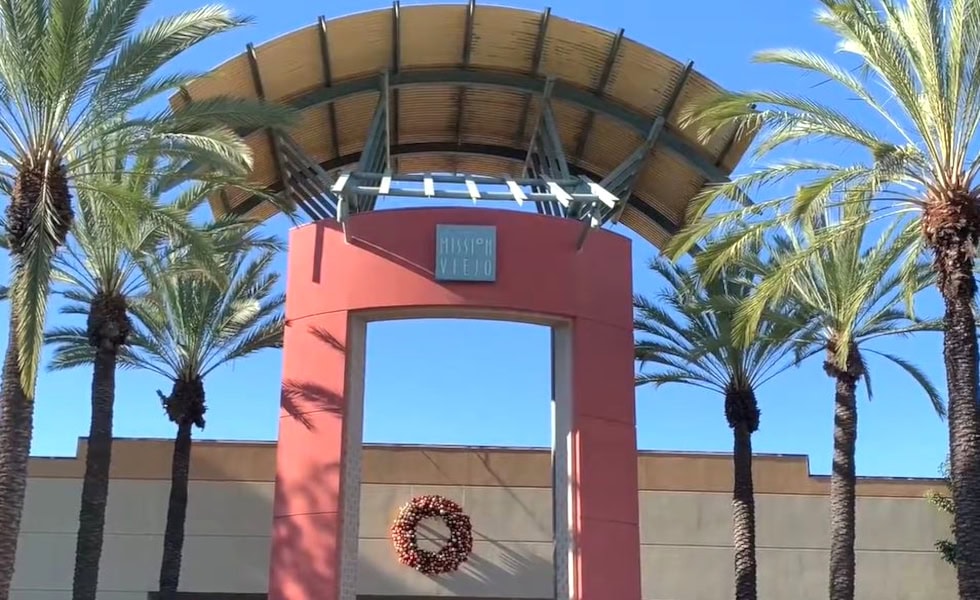
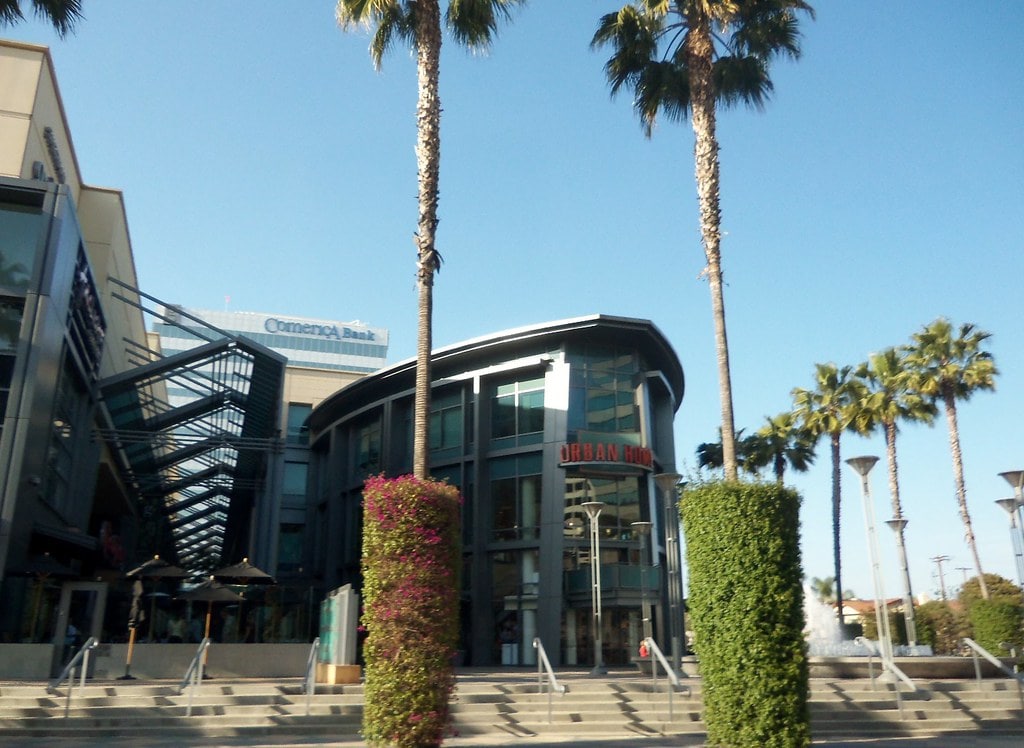
MAybe this is one of those 15 minute cities.
That's an interesting perspective. Indeed, the mall's location and services could contribute to creating a self-sufficient micro-city.
When the Mall cut back it's Christmas Decor, I just quit going to it. I loved May Co and Robinson's May, but I didn't like Macy's. They changed the brands, styles and the lovely employees that I had grown to know over the years. I think the Mall would still be going strong if they hadn't killed Christmas.
Thank you for sharing your feelings about the changes at Westminster Mall. The holiday season decorations and familiar stores create a sense of nostalgia and belonging, reminding us of the importance of maintaining traditions and community connections.
This mall used to be a major source of revenue for the city of Westminster and the pride of the local community. Over the years, the city council has neglected this business and now... it's gone. Lost revenue and people go to Bella Terra.
Your comment reflects a larger trend in municipal planning. Cities leaned heavily on malls for decades but didn't always have a long-range plan when the model began to weaken.
I love JC Penney, one of the very few stores that carry clothes I like. I shop there frequently. Ordering online and NOT having a place to return items I do not like and probably purchase new items is terrible - sending items through the mail is costly and time consuming. What are we to do? I hope JC Penney finds a new home, maybe South Coast?
Thanks for raising the question so directly. Stores like JCPenney still matter - not just for fashion, but for keeping shopping personal, immediate, and workable for real-life schedules.
Vietnam won again. why should nam residents go to American run mall when they can godown steet to little saigon
When retail spaces ignore the population they serve, people make other choices. That's what happened here - not overnight, but steadily.
Thank you for showing the beginning and ending of the Westminster Mall. I had a lot of memories moving from Long Beach to Garden Grove in 1974. I was a big fan of the Mall and it's stored and restaurants in the Mall
There is one restaurant. I think it was called Bennigans with a fun atmosphere with happy hour and food served thru the night. It was a place to meet other friends for a hang out.
Your comment reminds us that malls weren't just about shopping. Restaurants like that one made them feel like open public spaces - even if they were privately owned.
I hope with the changes coming it does not bring in the wrong crowd which will affect neighboring communities.
Concerns like yours tend to surface when a mall shifts direction. Residents want revitalization, but not at the cost of safety or neighborhood identity. That's a tension planners need to hear directly.
just wish malls could find a way like Brea Mall or Montclair...
been mourning Puente hills for awhile now
It's rare for a mall to reinvent without losing itself in the process. The trick is doing that without pushing out the people who've been coming for years.